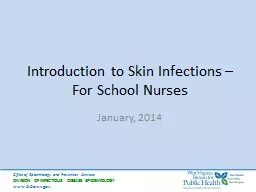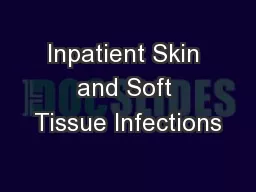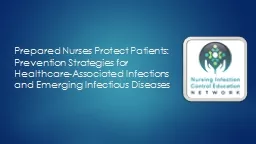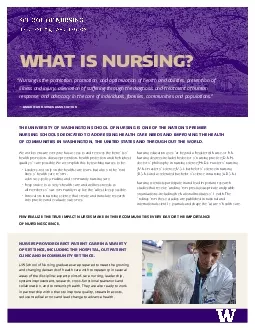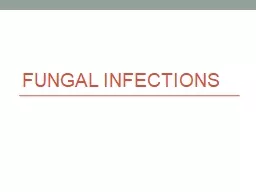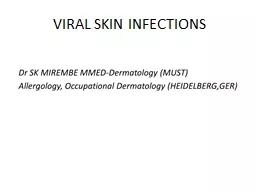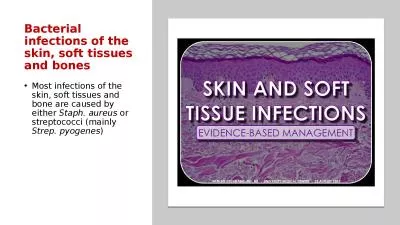PPT-Introduction to Skin Infections – For School Nurses
Author : calandra-battersby | Published Date : 2020-04-03
January 2014 Objectives Summarize clinical and epidemiological information on common skin infections Fungal Tinea Bacterial Staphylococcus Streptococcus Viral
Presentation Embed Code
Download Presentation
Download Presentation The PPT/PDF document " Introduction to Skin Infections – For..." is the property of its rightful owner. Permission is granted to download and print the materials on this website for personal, non-commercial use only, and to display it on your personal computer provided you do not modify the materials and that you retain all copyright notices contained in the materials. By downloading content from our website, you accept the terms of this agreement.
Introduction to Skin Infections – For School Nurses: Transcript
Download Rules Of Document
" Introduction to Skin Infections – For School Nurses"The content belongs to its owner. You may download and print it for personal use, without modification, and keep all copyright notices. By downloading, you agree to these terms.
Related Documents

